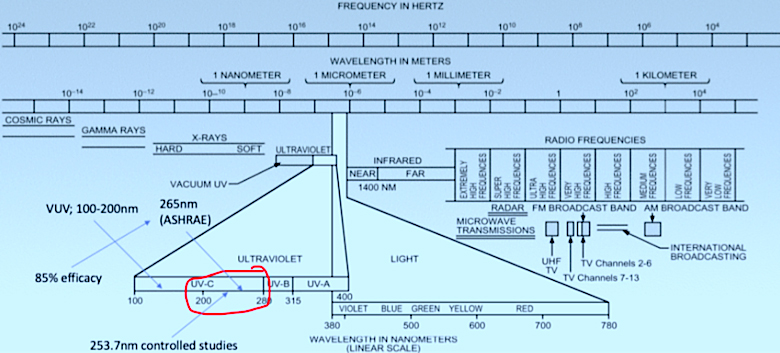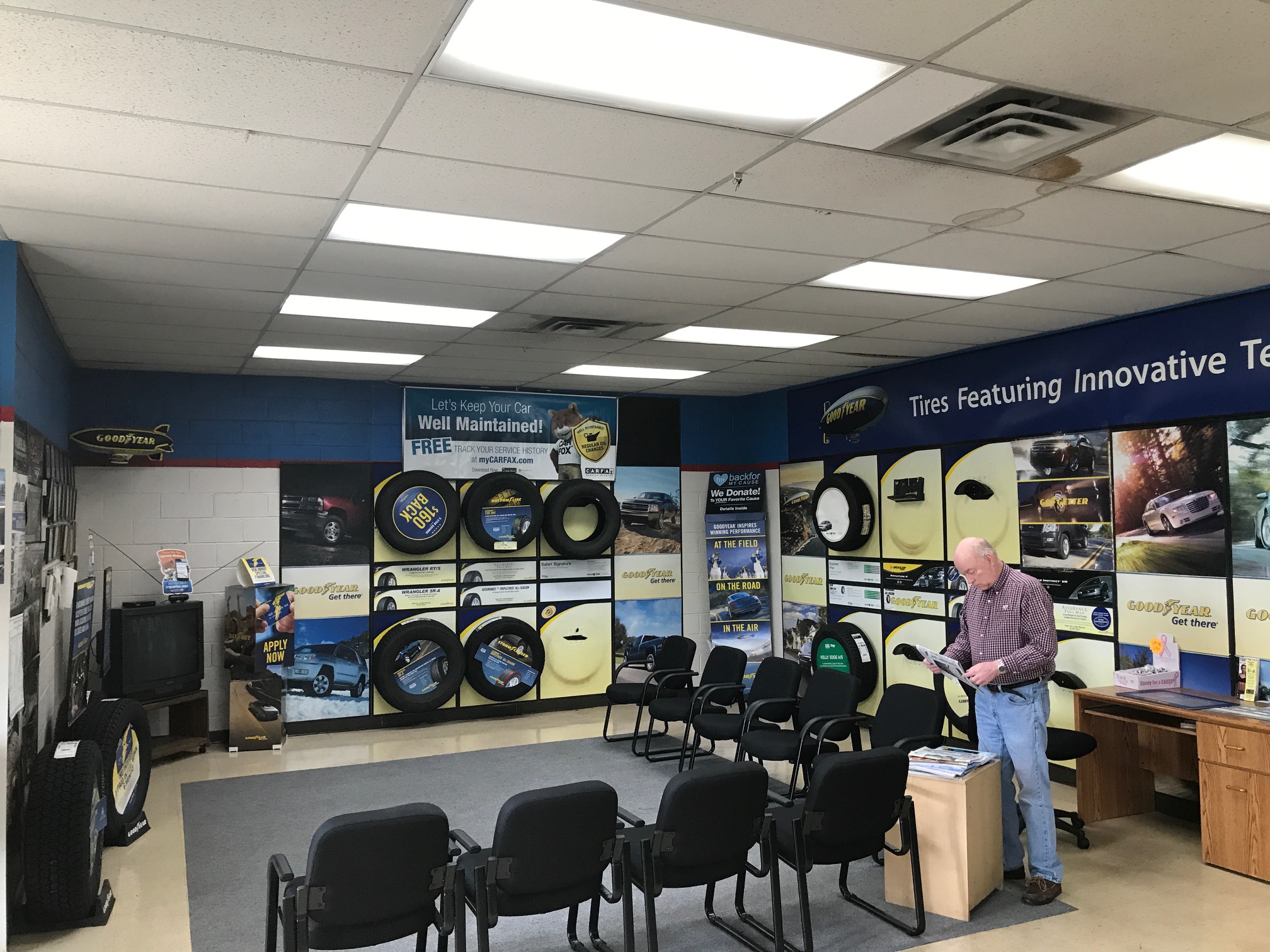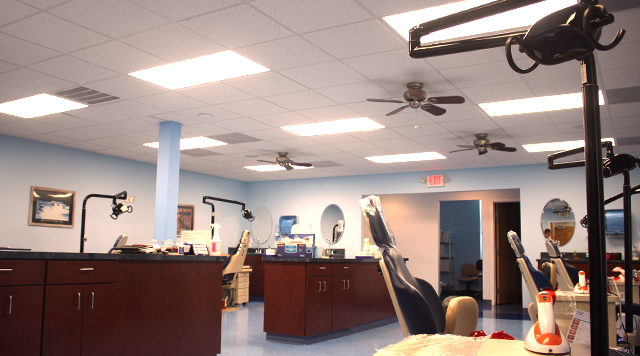Immediate Savings with the Flip of a Switch
Lighting can consume 35% of your energy expenses. Making the switch to LED is an easy way to see big returns. But it can be more complex than swapping out a bulb. Bowerbird ensures that you maximize savings. We help you design LED lighting solutions for new construction, retrofit or tenant upfit projects. We’re experts in design, procurement, installation, and rebates. We also bring experience to such specialty lighting applications as medical, hazardous location and horticulture lighting. Integrated controls help our clients create the perfect lighting environment and optimize their energy use.
- Lighting Services
- Design and Application
- Controls
- Installation
In addition, we provide specialty lighting applications services such as:
- Ultraviolet Germicidal Irradiation Lighting (UVGI) “UVC Lighting”
- Mining / Marine Operations (Hazardous Location)
- Horticulture (Indoor Agriculture “Grow Lights”)
From day one, Bowerbird has provided LED lighting services that help clients achieve their savings goals — and in many cases, surpass them. We provide manufacture direct pricing and support. Our knowledge of energy efficiency and rebates help you find additional savings.
Contact Us
Considerations and Applications
-
Commercial
-
Industrial
-
Specialty
Lighting FAQs
What is Germicidal UVC Lighting?
UV-C Light refers to the C-wave of the electromagnetic spectrum (200-280 nanometers, see chart below). More than 100 years ago, scientists harnessed the UVC wavelength of light and used it to disinfect surfaces, air, and even water. The earth’s ozone naturally blocks UVC light emitted by the sun. Because microorganisms on earth have never been exposed to UVC light, they have no way to stand up a defense. UVC light subsequently alters the gene sequence (RNA/DNA) and renders these organisms nonreplicable. In short, this is how “UVC light kills germs.”

What is included in a proposal?
- Manufacturer Specification Sheets
- Bill of Materials and Lighting Schedule
- Foot-candle and Photo-metric Drawings
- Energy and Environmental Report
- Finance Package with Rebates and Incentives
Do I qualify for rebates or other incentives?
This is determined on a case-by-case basis, given the requirements of each program. More than 80% of all lighting projects we complete are offset by financial incentives. Rebates may include local utility rebates, regional rebates, federal tax incentives or special financing.
What is the average Return on Investment?
Depending on several variables, the average payback of a LED lighting retrofit is 2-3 years.
How are my savings calculated?
Each site is calculated separately based on the hours of operation, kWh rate, kw demand rate, ballast factor, lifecycle cost, maintenance cost and cost of capital.
Do you guarantee the savings?
Our Lighting-as-a-Service model guarantees the savings and finances the projects and services costs over 3-7 years. Under the L-a-a-S model a customer pays a flat monthly fee, over a determined period. Much like a fixed mortgage.
How long do LEDs last?
LED lighting fixtures, excluding screw-in bulbs (2-3 years), last roughly 5-10 years. There are fixtures and lamps that are rated to last longer, but it varies. When considering the lifespan of a fixture or lamp, look for the “Rated Hours” listed on the specification sheet. This is one of many data points to investigate, but pay close attention to the adjacent words “LM70 or LM80.” LM70 is a light fixture measured at 70% its original output, LM80 at 80% its original output. The effectiveness of a fixture is measured by the lumen output and degradation over time. Therefore, you’ll usually see something like this: “Rated – 50,000hrs @ LM80.” See Bowerbird Warranty Here
Does LED lighting put off less heat?
Yes, LED lighting puts off less heat than conventional lighting such as incandescent, fluorescent, metal halide and high-pressure sodium. To be clear, every power source puts off heat. In theory, depending on the operational climate, because LEDs generate less heat HVAC savings can be captured. Heat sinks and heat dissipation are particularly important factors to consider when researching the correct lighting fixture, especially when designing a retrofit kit to fit inside an existing light fixture or housing.
Why does LED lighting fail?
LED lighting fails because of inadequate power sources, poor dissipation of heat, or faulty drivers. LED drivers swap the power source from alternating current (AC) to direct current (DC). DC current is required by all LED diodes and solid-state lighting. Drivers are becoming increasingly more reliable each year. There are also manufacturers who are offering “driver on board” or “driverless” technologies.
Can you change the colors of LED lighting?
Yes. We provide a range of color temperatures to ensure the lighting is best for your environment. We also provide LED lighting that is adjustable by the client. To see a demonstration, watch our video about color-changing technology. https://www.youtube.com/watch?v=SJcNjvl3F9w
Acronym Soup
LED – Light Emitting Diode
UL – Underwriters Laboratory
DLC – Design Lighting Consortium
LaaS – Lighting-as-a-Service
PoE – Power Over Ethernet
ESCO – Energy Savings Contractor
ESPC – Energy Saving Performance Contract
PPFD – Photosynthetic Photon Flux Density
PPF – Photosynthetic Photon Flux
PAR – Photosynthetically Active Radiation
DLI – Daily Light Integral
FC – Foot-candle
HVAC/R/D – Heating, Ventilation, Air Conditioning, Refrigeration, De/Humidification
IP – Ingress Protection
IAQ – Indoor Air Quality
IEQ – Indoor Environmental Quality
IoT – Internet of Things
KPI – Key Performance Indicator
LRV – Light Reflectance Value
UVC – Ultraviolet-C Wavelength
UVGI – Ultraviolet Germicidal Irradiation


